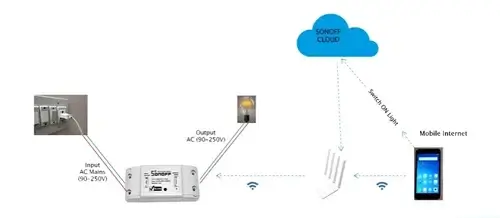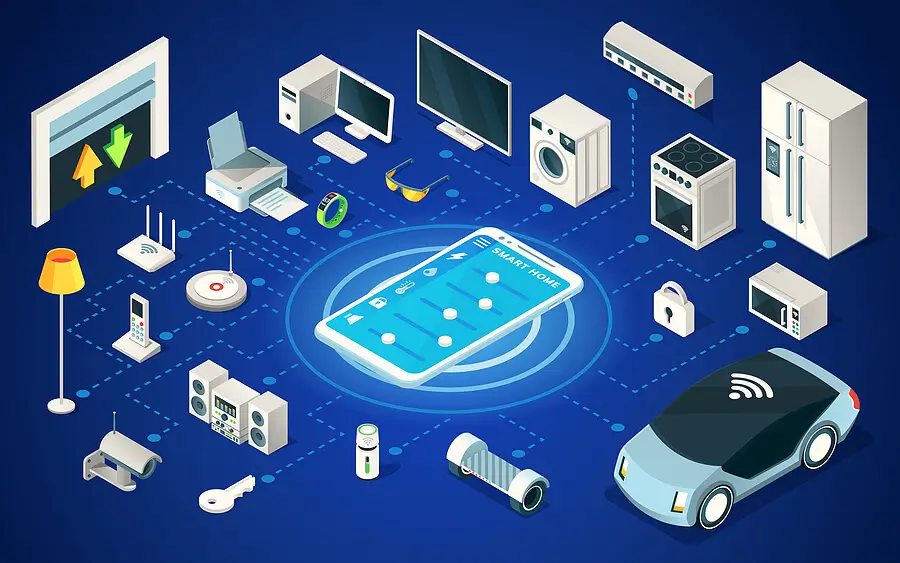Variable Area Flow Meters and IoT: From Classic Measurement to Smart Monitoring
In industries where every drop of liquid or puff of gas matters, measuring flow accurately is critical. Whether it’s monitoring water in treatment plants or tracking fuel in pipelines, flow meters help ensure that systems work smoothly and efficiently. One of the most reliable types in this space is the Variable Area Flow Meter — known for its simplicity and accuracy.
But now, with the rise of the Internet of Things (IoT), these tried-and-tested instruments are stepping into the digital age. By connecting variable area meters to smart networks, industries can now monitor flow in real time, detect issues instantly, and make better operational decisions.
Let’s explore how variable area flow meters work, why they’ve stood the test of time, and how IoT is turning them into intelligent tools for the modern world.
What Is a Variable Area Flow Meter?
A Variable Area Flow Meter (VAFM) measures the rate of fluid flow by changing the area through which the fluid passes. The device consists of a tapered tube and a float that moves up or down depending on the flow rate.
Here’s how it works in simple terms:
- Fluid enters from the bottom of the meter.
- As flow increases, it lifts the float inside the tapered tube.
- The higher the float rises, the larger the cross-sectional area — and the higher the flow rate.
- The position of the float indicates the current flow, which can be read directly on a scale.
Think of it like a tiny balancing act — the float moves upward when the fluid pushes harder, finding a position where gravity and flow pressure balance out.
Why Variable Area Meters Are Popular
Variable area flow meters are widely used because they’re:
- Simple and reliable: No power source required for basic operation.
- Accurate: Provide consistent readings even at low flow rates.
- Versatile: Suitable for both liquids and gases.
- Low maintenance: Fewer moving parts mean longer life.
You’ll find them in chemical plants, HVAC systems, pharmaceutical manufacturing, and water management setups.
For instance, in a chemical mixing system, a variable area meter helps ensure that each fluid enters in the right proportion — preventing waste and maintaining quality.
How IoT Makes Them Smarter
Traditionally, operators had to physically check readings on each meter. With IoT integration, these analog devices can now connect to digital platforms for remote monitoring and automated data logging.
Here’s what IoT adds to the equation:
- Real-Time Monitoring: Data from sensors is sent to cloud dashboards instantly.
- Alerts and Notifications: If flow drops or spikes suddenly, alerts are triggered.
- Data Analytics: Historical flow data helps optimize resource use and detect inefficiencies.
- Predictive Maintenance: Early detection of clogging or mechanical wear prevents breakdowns.
For example, in a water distribution system, IoT-connected variable area meters can continuously report how much water is flowing through each section. If one meter shows a sudden drop, operators know there might be a blockage or leak — and can respond immediately.
Example: Smart Agriculture in Action
Consider a modern irrigation setup where precision is everything. Variable area meters are used to monitor how much water each line delivers to different crop zones.
By connecting these meters through IoT sensors, farmers can view flow data on their phones or computers, adjust water distribution remotely, and get alerts if a line malfunctions.
This ensures optimal water use — saving both time and resources while improving crop yield.
Benefits of IoT-Enabled Variable Area Meters
When variable area meters join the IoT ecosystem, they transform from simple measuring tools into intelligent flow management systems. Key benefits include:
- Remote Access: View and control flow data anytime, anywhere.
- Energy Efficiency: Detecting leaks or inefficiencies reduces resource waste.
- Operational Safety: Early alerts help avoid system failures.
- Data-Driven Insights: Long-term data helps plan upgrades and optimize operations.
This combination of mechanical reliability and digital intelligence makes IoT-integrated VAFMs a perfect fit for industries aiming for smarter, greener, and more connected operations.
The Future of Flow Monitoring
As IoT adoption grows, more industries are upgrading existing flow meters with smart modules. This shift enables seamless communication between machines, predictive maintenance, and better decision-making — all without losing the simplicity of traditional instruments.
The Variable Area Flow Meter proves that old-school engineering can thrive in a connected world. By integrating IoT, it evolves into a key player in smart monitoring systems, helping industries move toward efficiency, safety, and sustainability.




